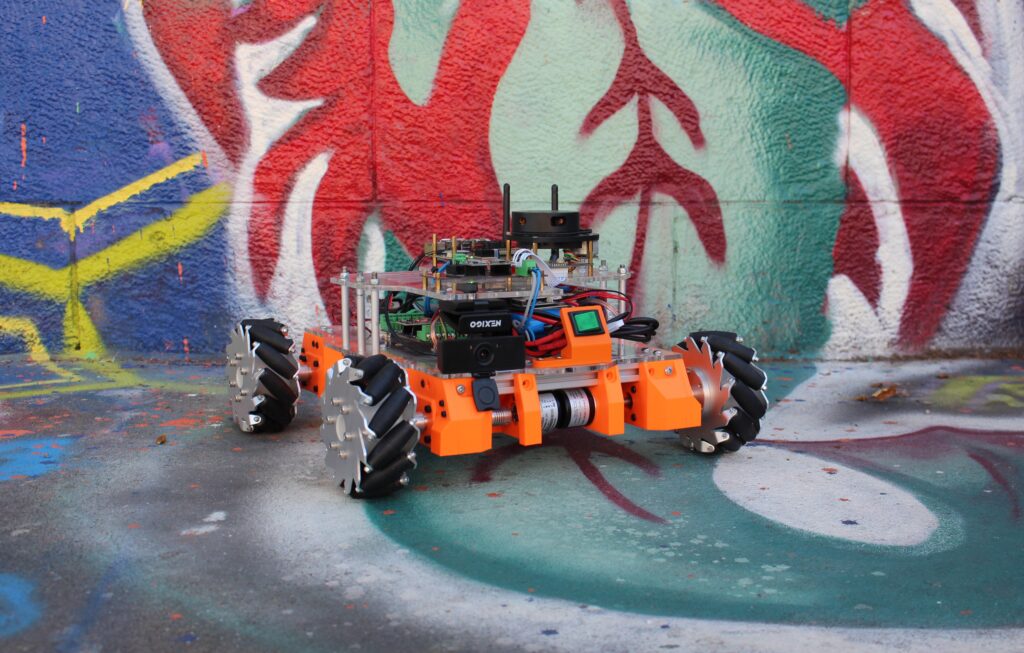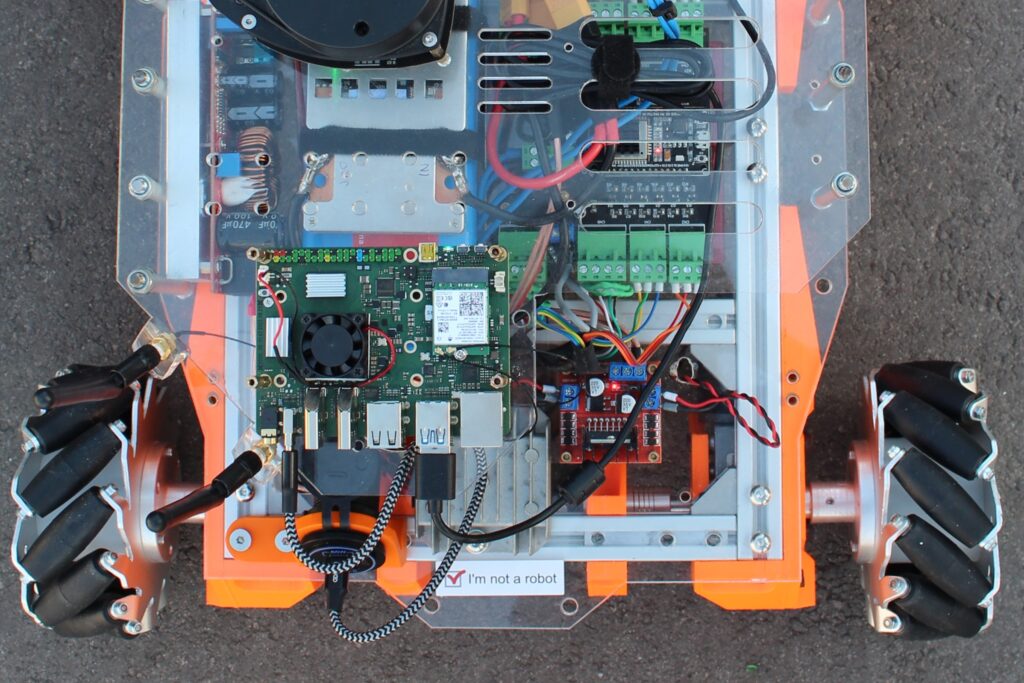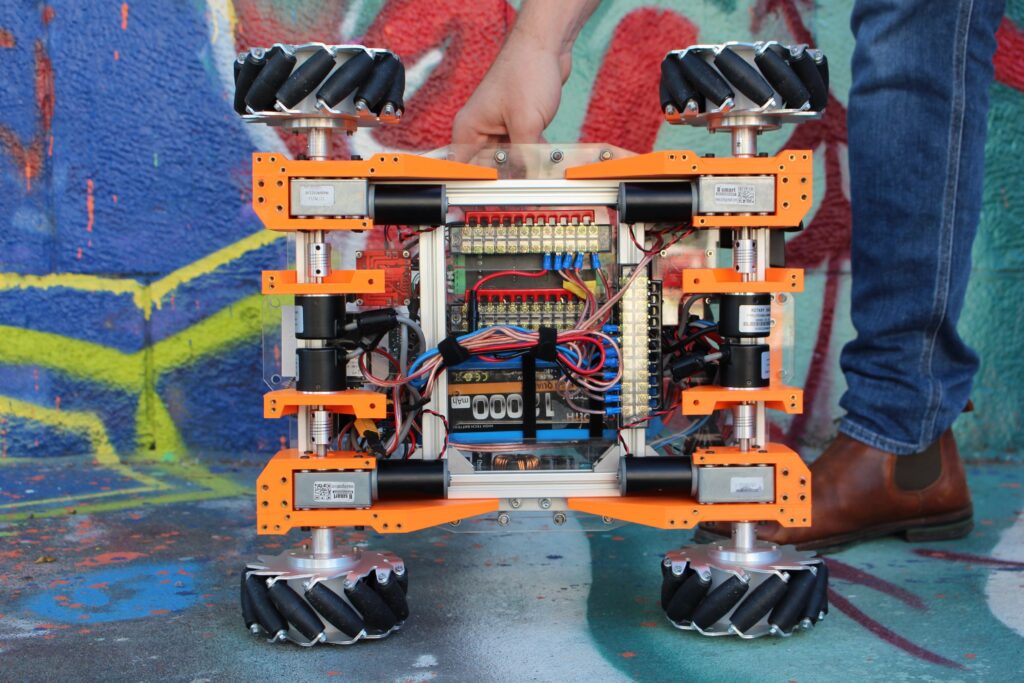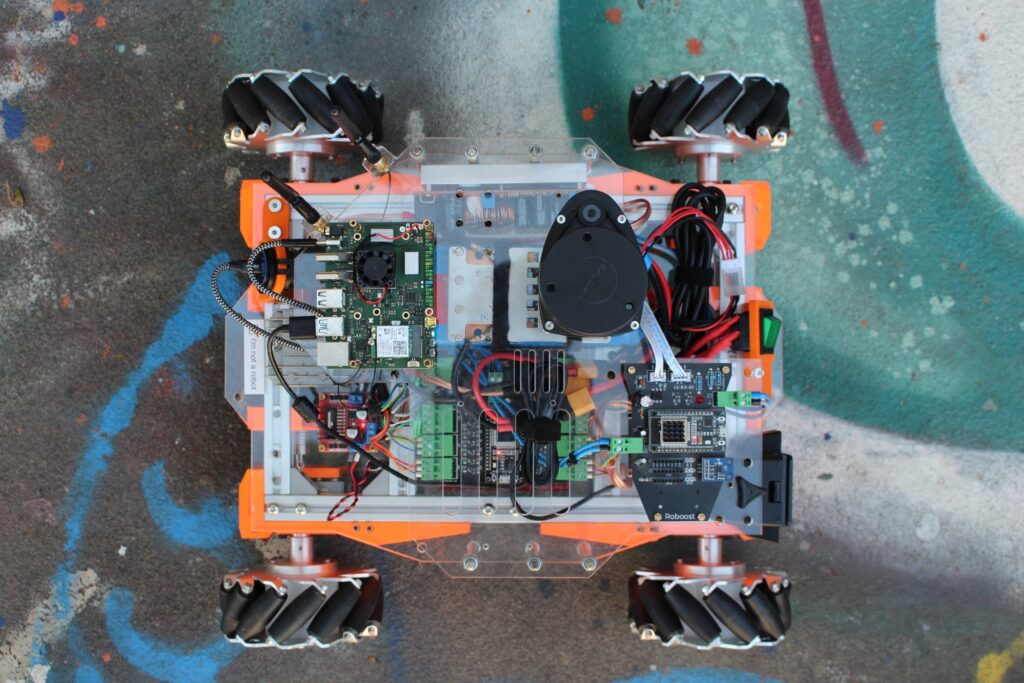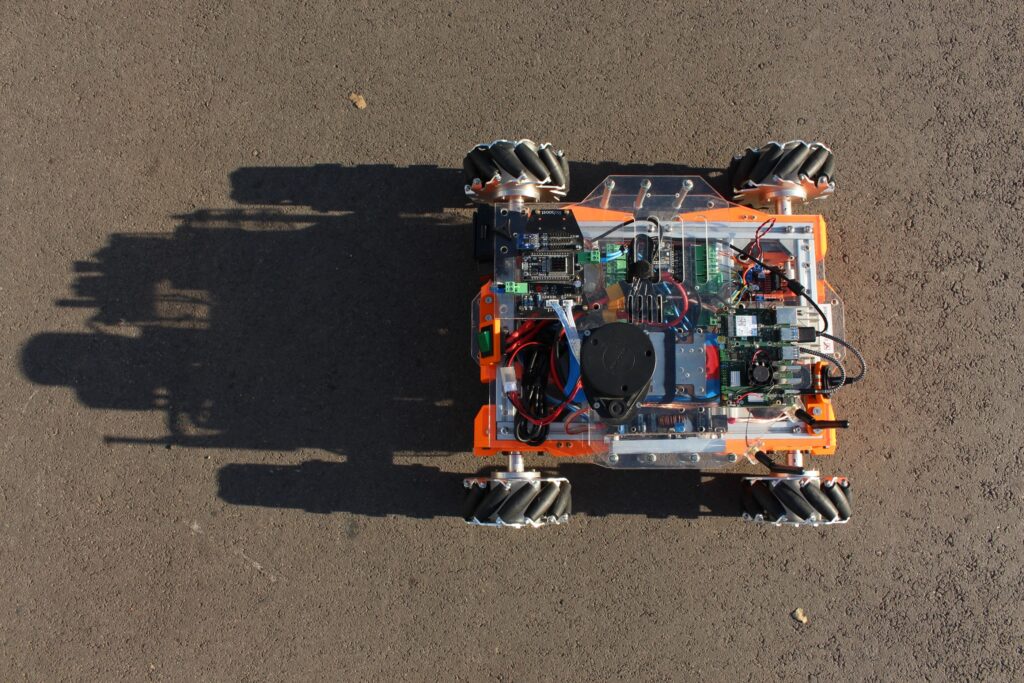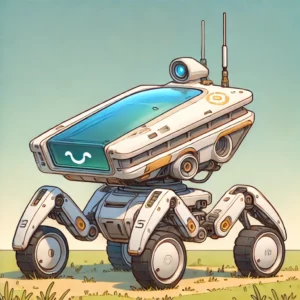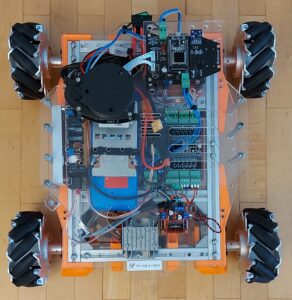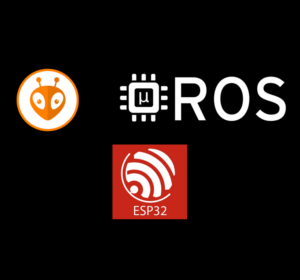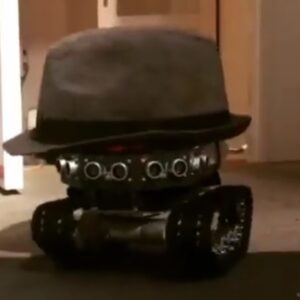
Developing Useful and Cost-Effective Companion Robots
My Naive Vision for this Project
Design and Functionality:
- Modern NEMO-2 inspired design
- Transparent sensor-filled dome
- Emotion-reflecting LED camera dome
- Suitable for indoor/outdoor use
- Omnidirectional, terrain-flexible movement
Communication and Emotional Expression:
- Communicates with LEDs, sounds, movements
- Movement reflects emotional states
- Varied speed and style for feelings
Autonomous Behavior and Interaction:
- Curiosity-driven autonomous exploration
- Engineered with decision-making capability
- Chooses behaviors and interactions
Practical Features:
- Item transport, obstacle navigation
- Environmental monitoring with sensors
- User-friendly LED status indicators
Learning and Personality Development:
- Adapts behaviors from humans
- Develops a unique personality over time
- Retains and reflects owner’s mannerisms
Vision and Impact:
- Blends practicality with emotional connection
- Adapts to user lifestyles and preferences
- Acts as a generational memory link
- Fosters a legacy connecting generations
What I imagine is a robot that understands you (specifically you), can help you carry out tasks and also communicate basic states. It should take a similar place within a family as for example a dog does (while arguably a bit more useful). It should learn from you, similar to a dog learns. It should also communicate similarly to a dog – not in human language, but still understandable to a certain degree.
Another goal would be to make it modular. This means that depending on the demands, a Roboost robot might have a robotic arm attached, a larger battery or maybe a bigger carrying area. Depending on the tasks, the learned behaviour may vary. The “brain” of a robot that had an actuator attached its whole life might not handle a different body configuration as well as the same robot if it had always had this configuration. This and many many things are hopefully to come in the near future.
The current main task to tackle is the design of the next hardware, which should be capable of following a person outdoors and on uneven terrain. This will be achieved using a suspended swerve drive design instead of mecanum wheels. Also, the firmware is constantly in development, adding functionality for BLDC control and more high-level features like robust person detection and following.
Current Hardware
In these pictures, you can see the hardware of the current version. In this case, four geared DC motors are used to drive mecanum wheels. This makes for a cool look but introduces several problems. While allowing for omnidirectional movement (no holonomic constraints within the 2D plane), the robot can effectively only drive indoors and on even ground. Plans for the future would include a design of a suspended swerve drive, which would allow omnidirectional movement, even outdoors and in uneven terrain.
Related Open Source Projects
The Human Library is a set of NodeJS based tools for “AI-powered 3D Face Detection & Rotation Tracking, Face Description & Recognition,
Body Pose Tracking, 3D Hand & Finger Tracking, Iris Analysis,
Age & Gender & Emotion Prediction, Gaze Tracking, Gesture Recognition, Body Segmentation”. Although NodeJS might not provide a nice integration with the ROS2 framework used within Roboost, the features would provide a strong base for the human robot interaction needed in this project.
The HRI packages provide basic features for human robot interaction. As they come as ROS2 packages, it would be easy to integrate into the current architecture, however, currently the features seem to lack in comparison to other HRI tools. OpenVino would provide a potentially better alternative?
Related Posts
Roboost – Primary Motor Cortex
In this post, I want to showcase the newest update...
Read MoreFirst Mobile Robot [mini-project]
In this post, I just quickly wanted to showcase my...
Read More
